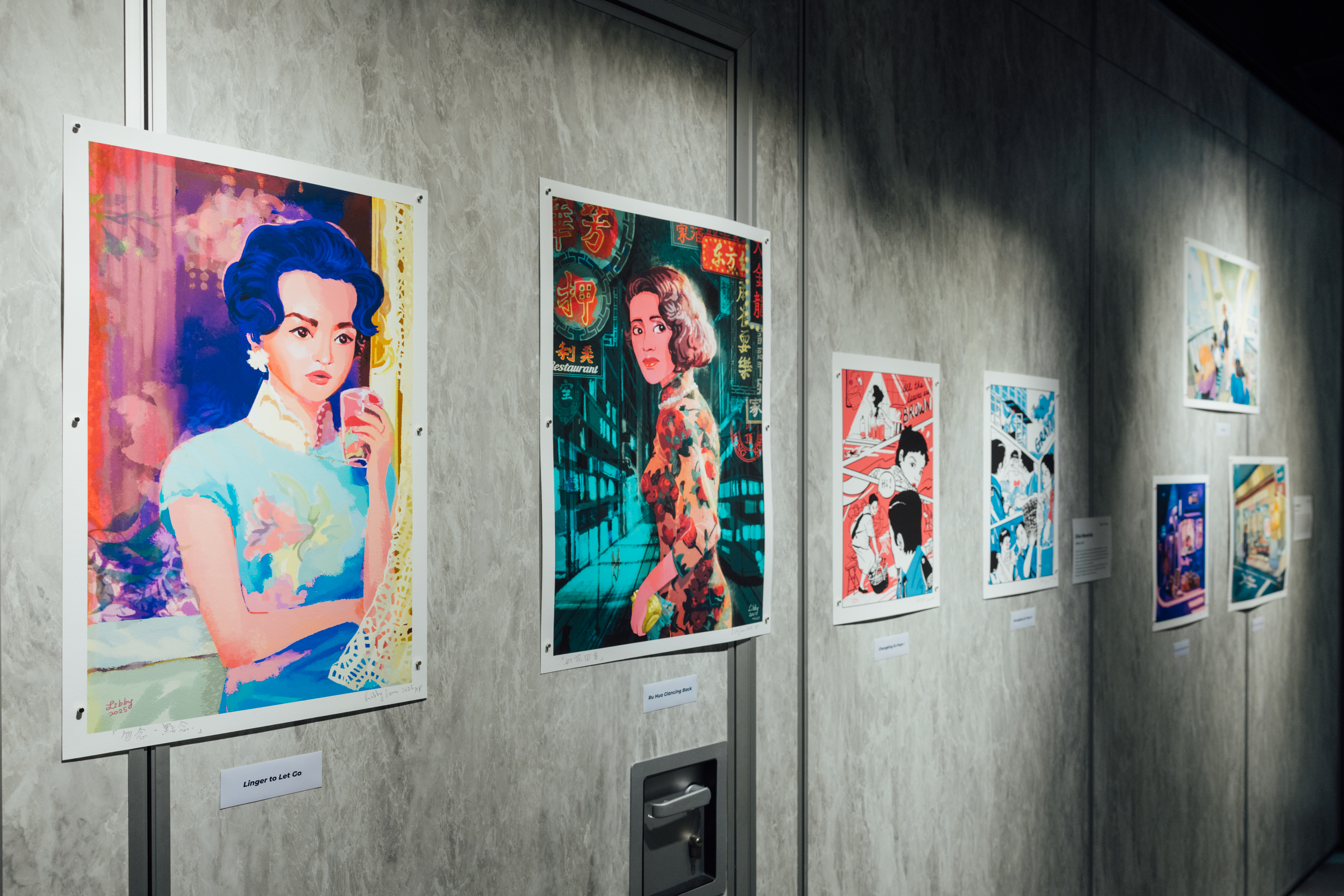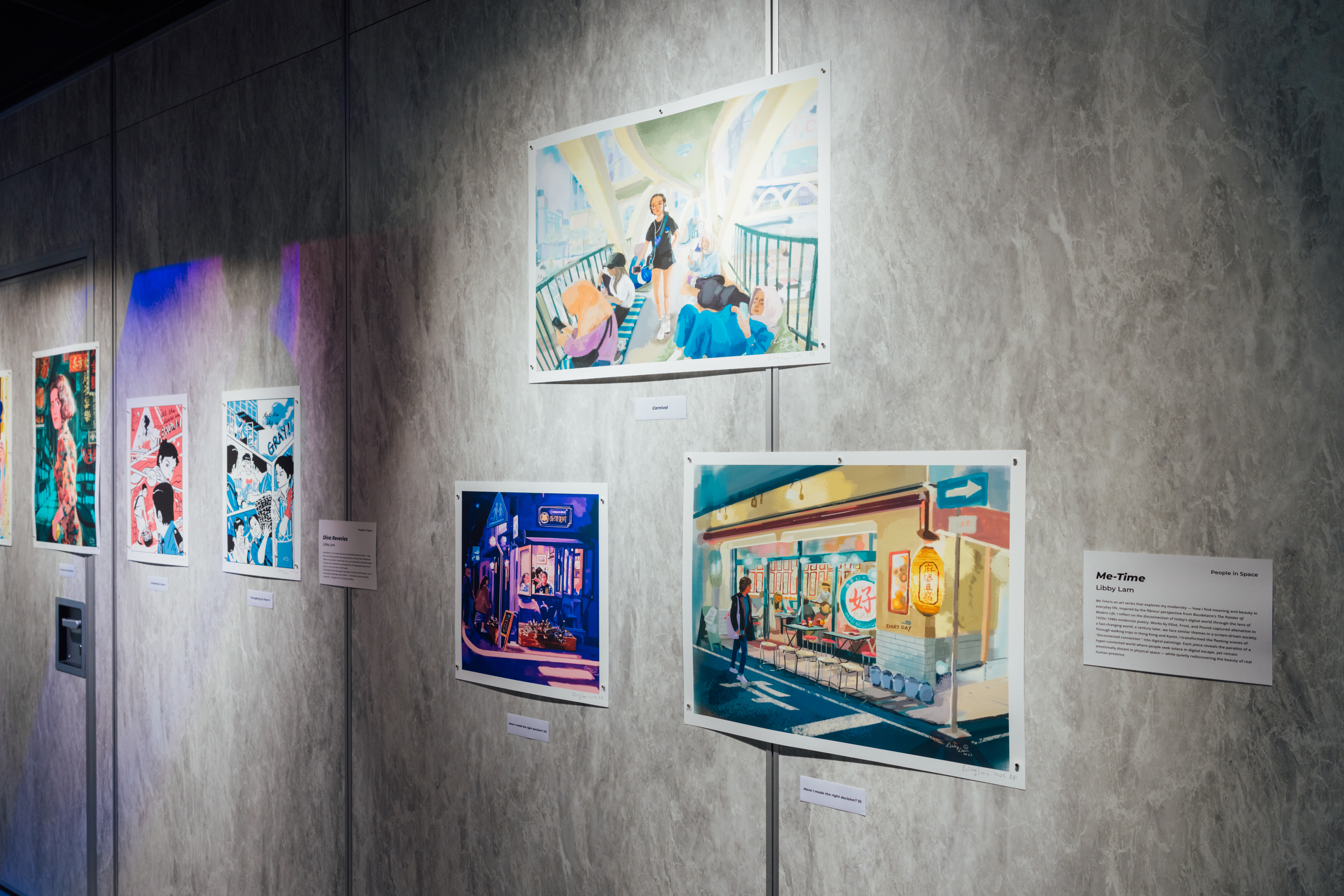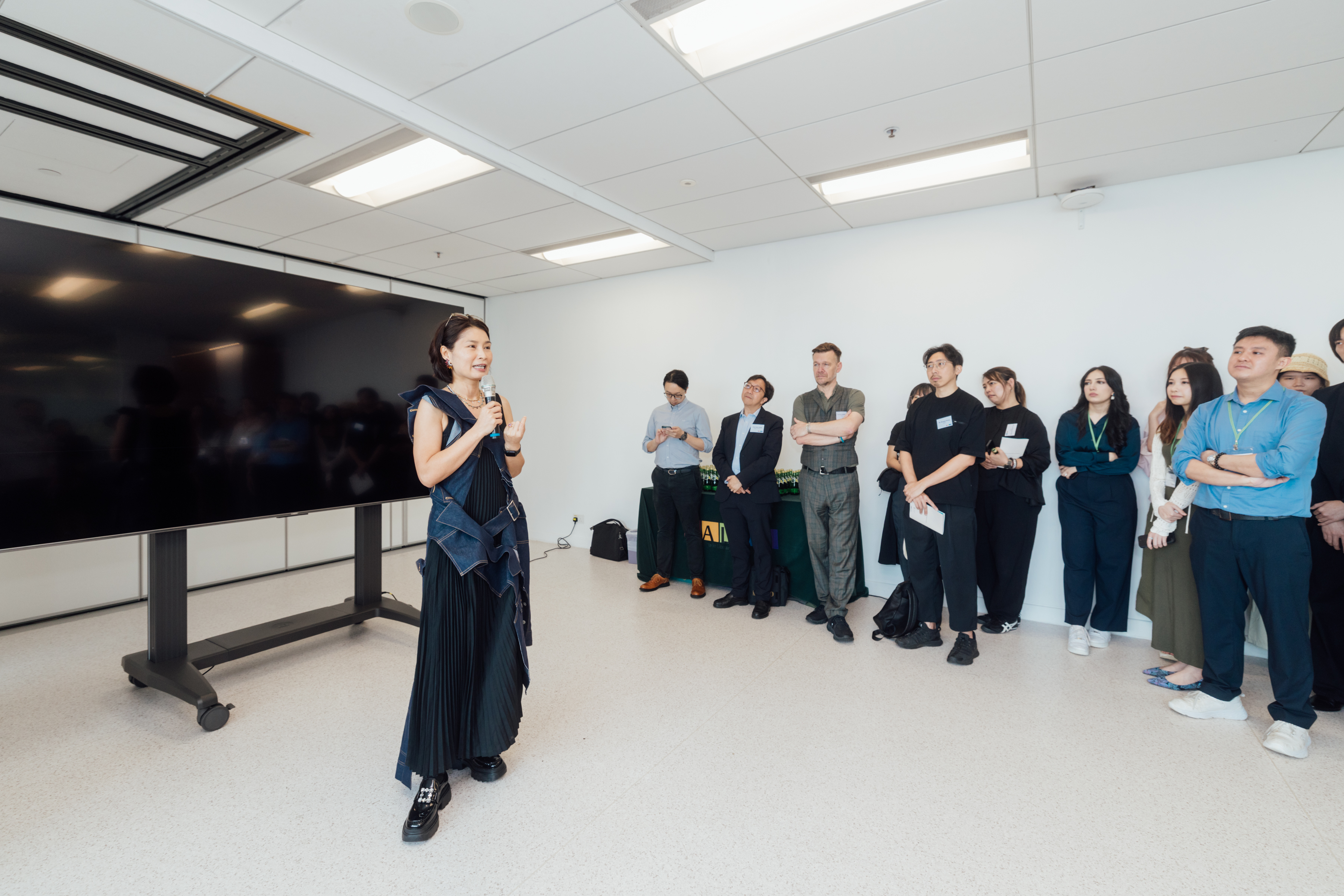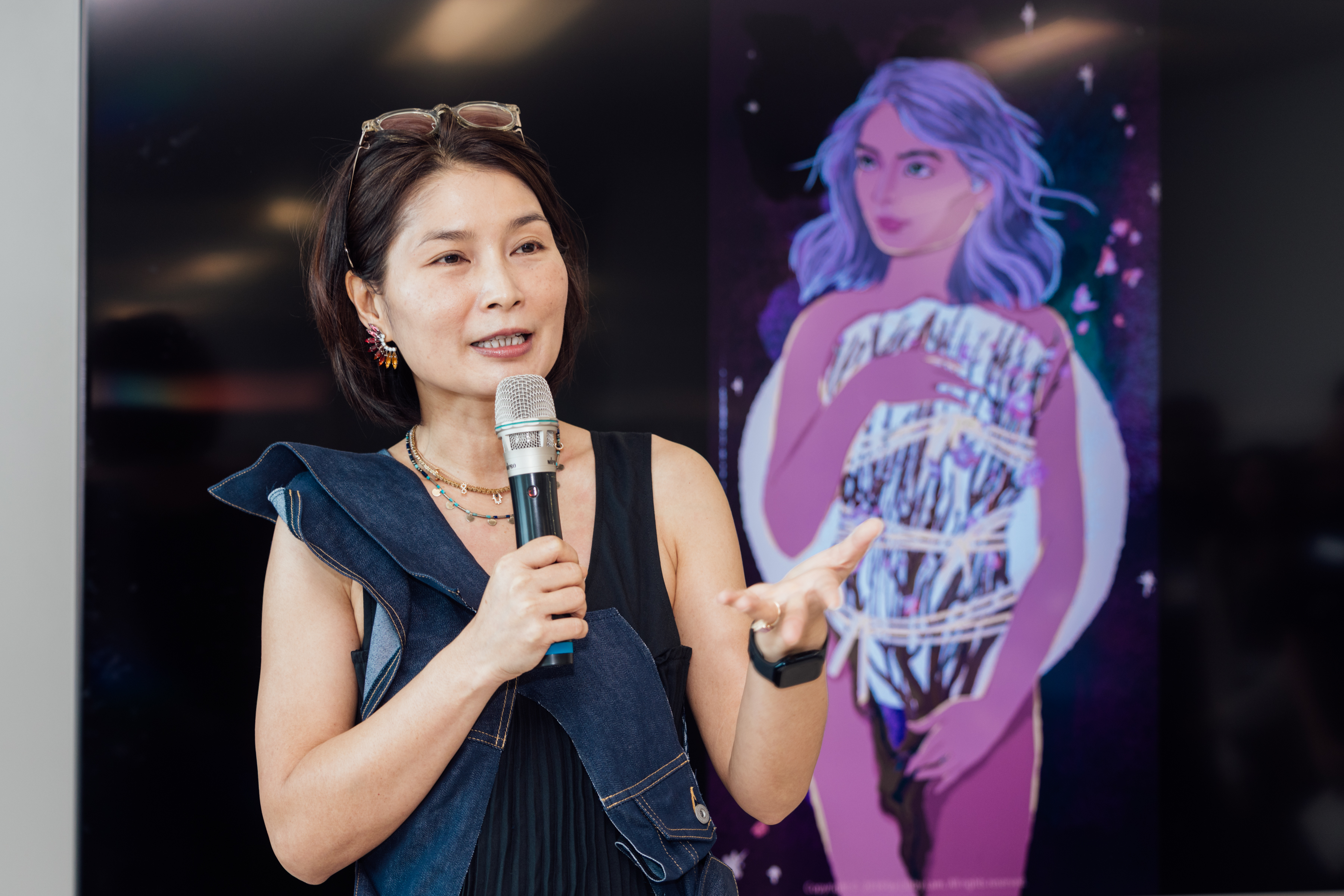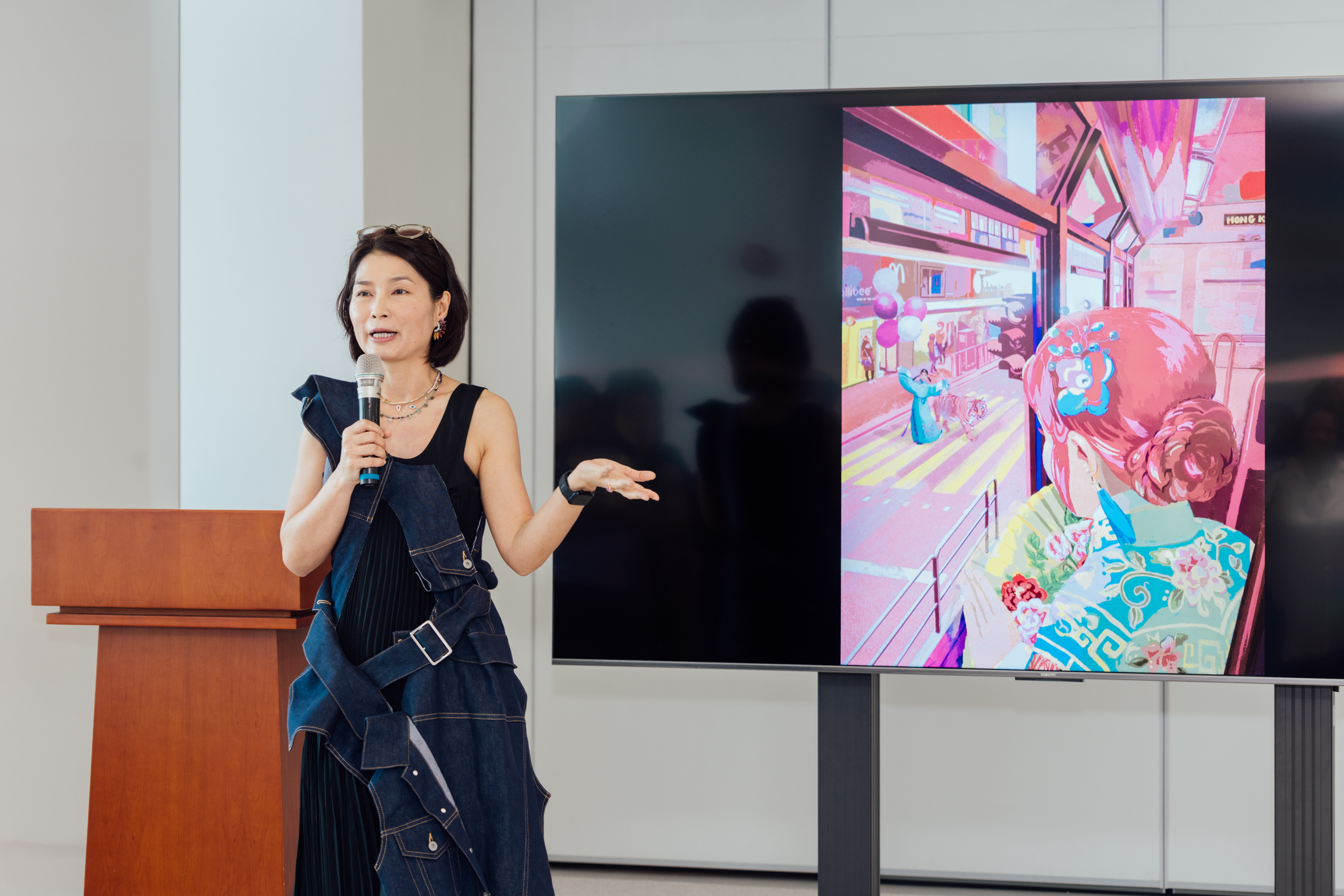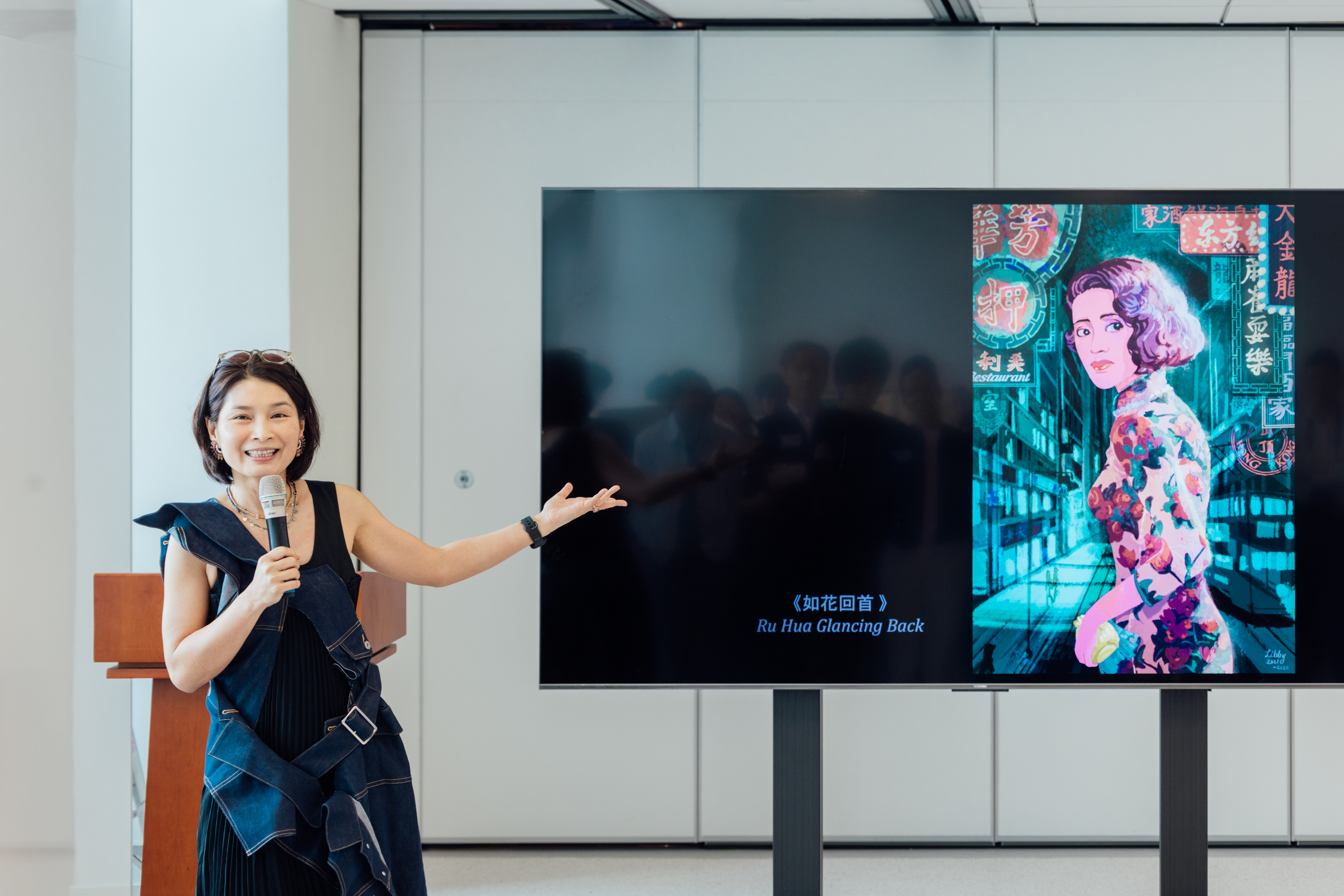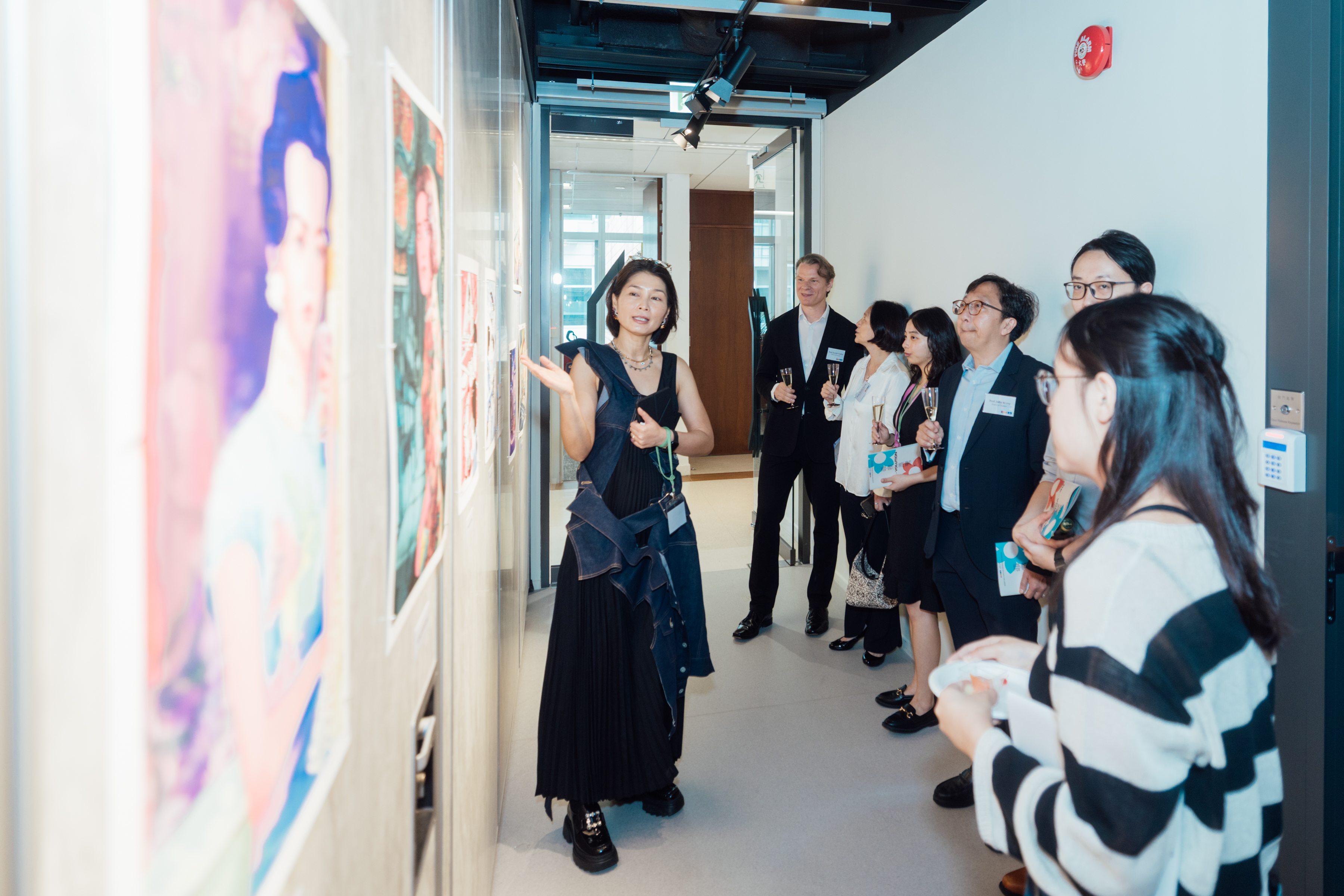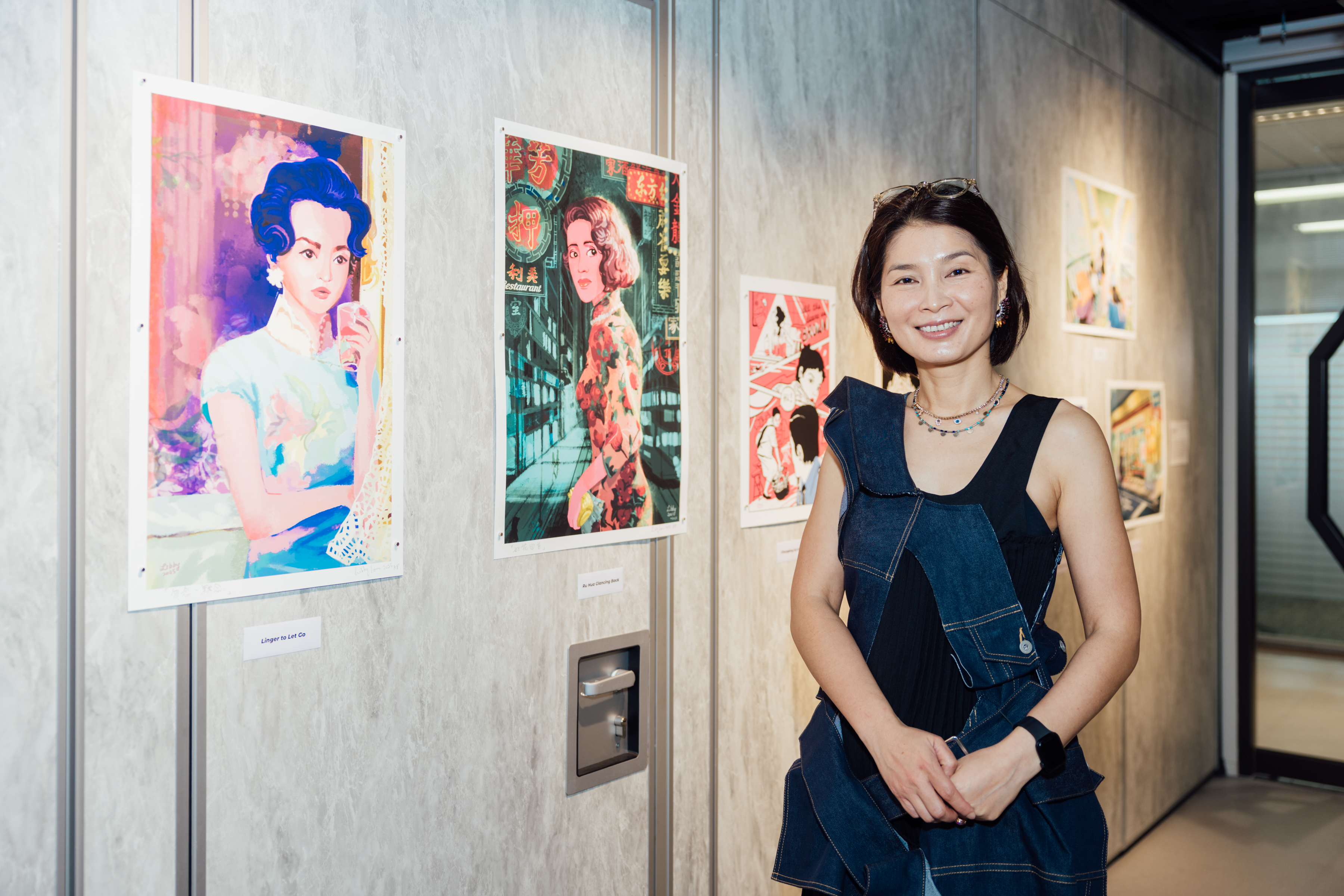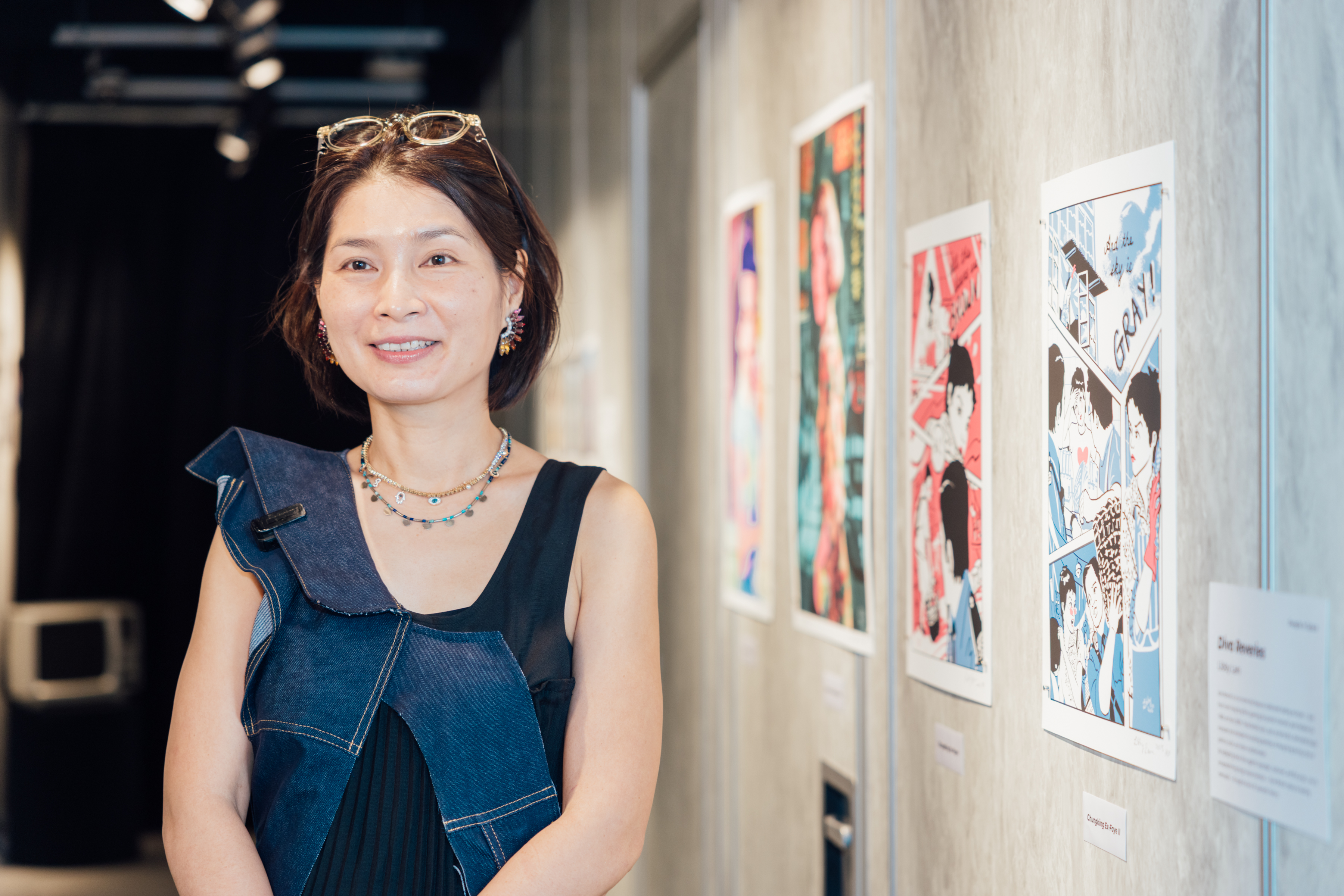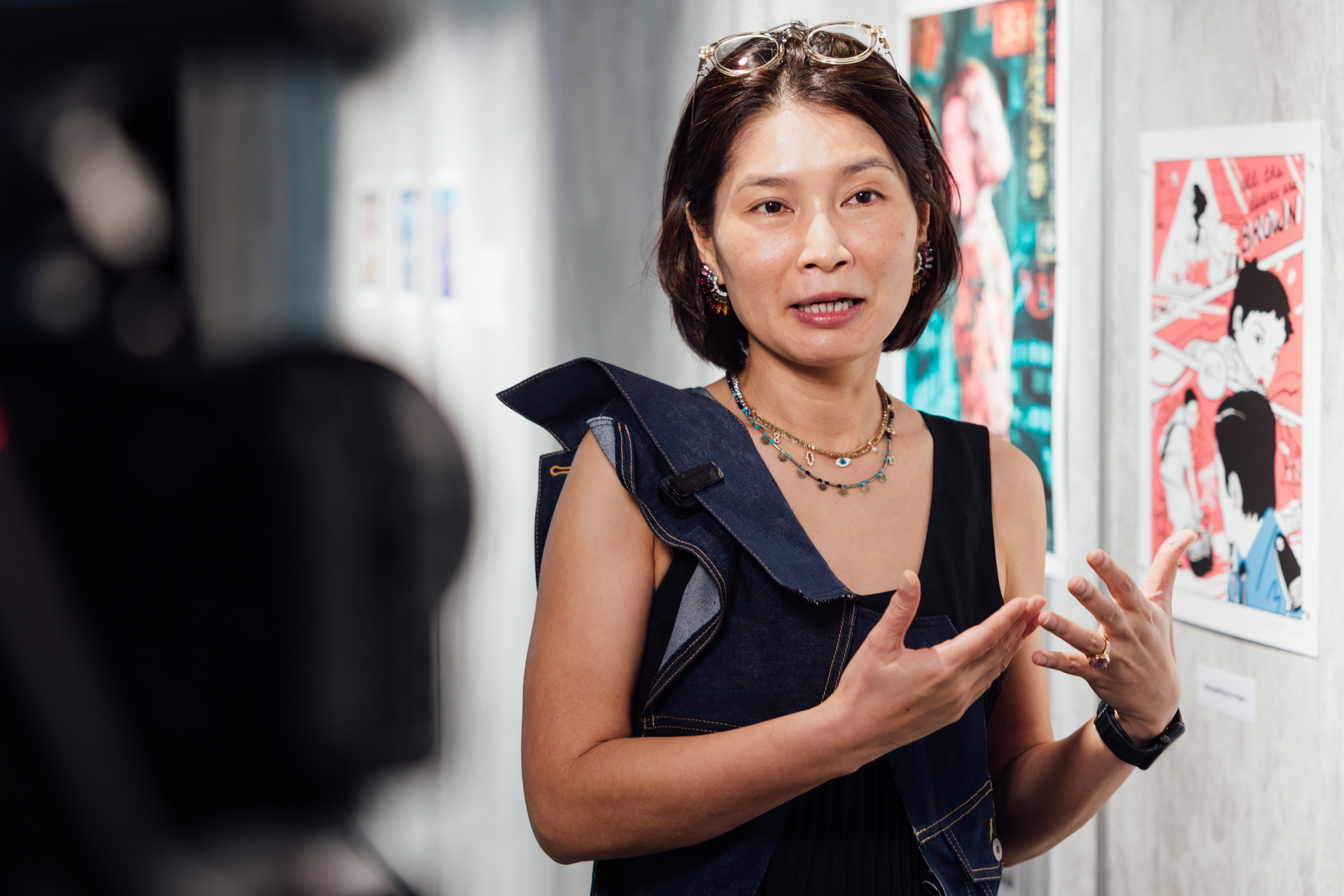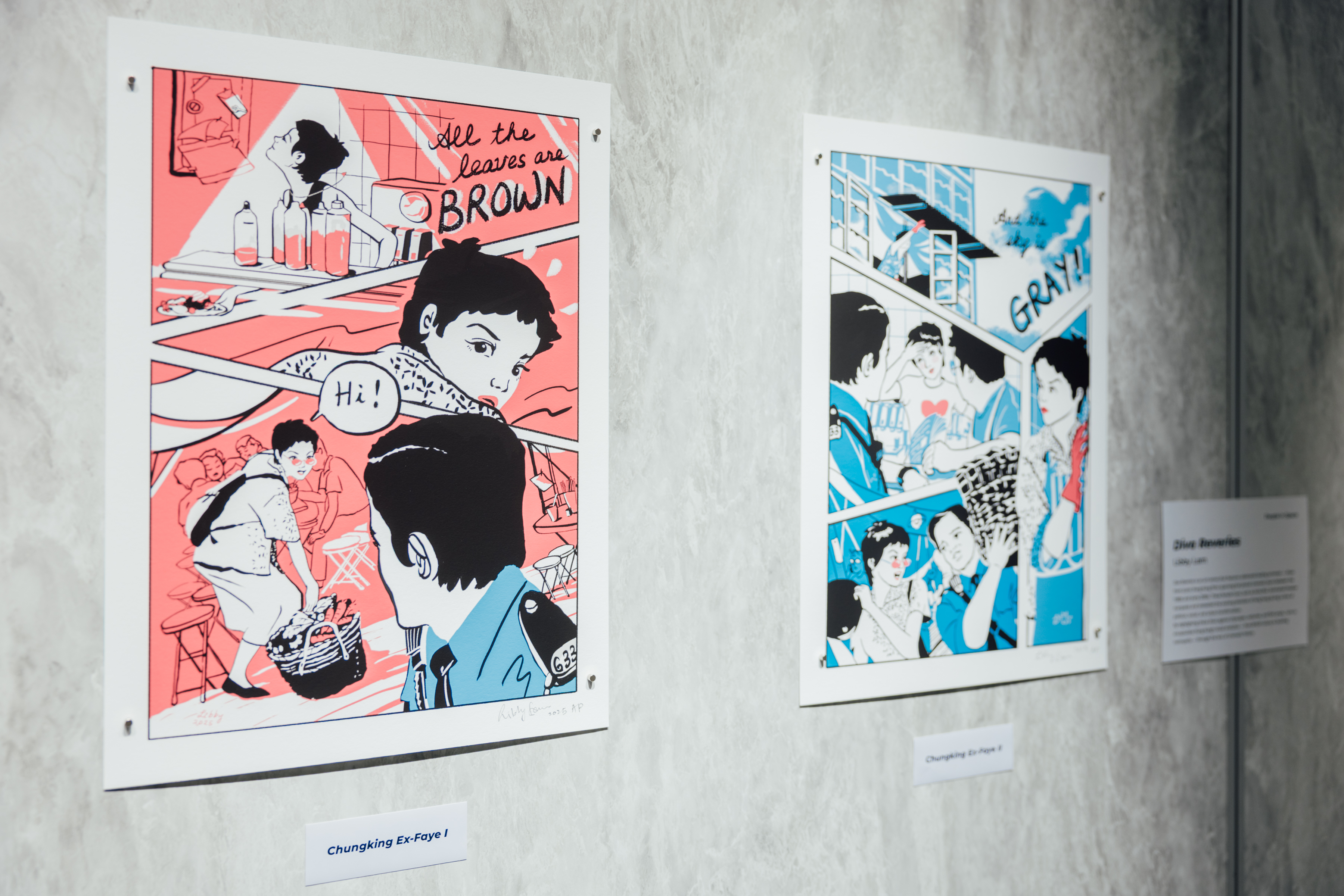Libby Lam
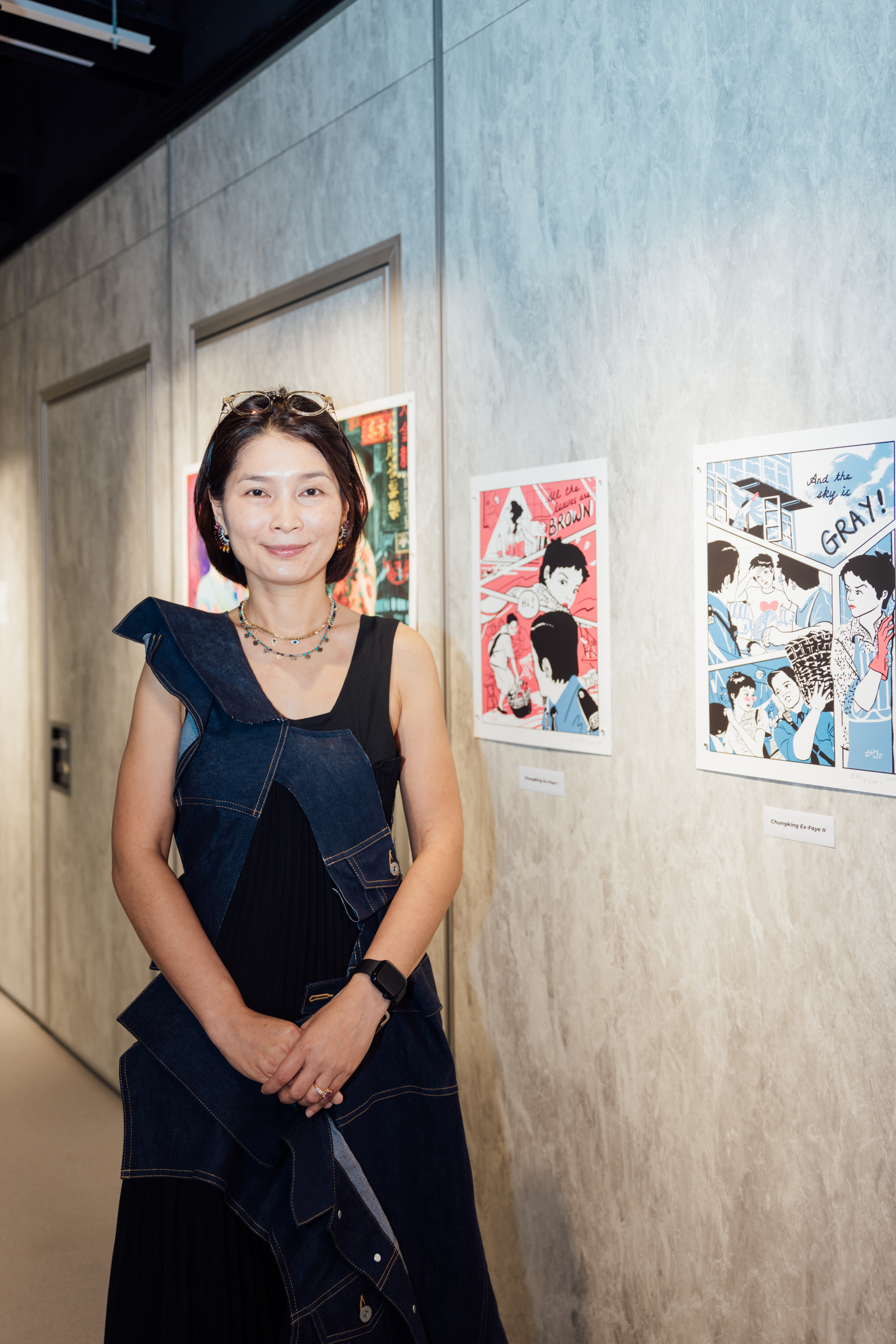
Libby Lam
- MALCS Student: 2025
- Artworks: Diva ReveriesMe-Time
- Genre: Digital painting
Libby Lam
Artist Bio
Libby Lam, a.k.a. Lady Libby, is a best-selling children’s book artist based in Hong Kong. A former corporate executive, she reinvented her career in 2011 to pursue storytelling through art — starting with a mission to inspire her two daughters through books.
Since then, Libby has written and illustrated four best-selling children’s books that promote confidence, empathy, and kindness. She also contributes to charitable book projects, using creativity as a tool for community impact. Her diverse academic background — spanning psychology, an MBA, and a Fine Arts degree — alchemizes insight into her creative work. Her recent scholarly research at MALCS explored coming-of-age narratives for girls, a theme that continues to drive her artistic pursuits. Fascinated by the intersection of classical literature and pop culture, Libby’s exhibited series — Me-Time and Diva Reveries — offer a reflective lens on urban identity and Hong Kong’s cultural transformation.
Diva Reveries
Artwork Description
Diva Reveries is an art series that features celebrated leading actresses — divas from iconic Hong Kong films spanning the pivotal cinematic years between the 1980s and early 2000s. These female icons, such as Anita Mui, dominated theater marquees and embodied the evolving identities of Hong Kong during a time of political, social, and urban transformation.
By highlighting these divas against cityscapes, costumes, and film props, I aim toencapsulate Hong Kong’s visual evolution — from British colony to bustling metropolis — through the lens of cinematic history.
Me-Time
Artwork Description
Me-Time is an art series that explores my modernity — how I find meaning and beauty in everyday life. Inspired by the flâneur perspective from Baudelaire’s The Painter of Modern Life, I reflect on the disconnection of today’s digital world through the lens of 1920s–1940s modernist poetry. Works by Elliot, Frost, and Pound captured alienation in a fast-changing world; a century later, we face similar themes in a screen-driven society. Through walking trips in Hong Kong and Kyoto, I transformed the fleeting scenes of “disconnected connection” into digital paintings. Each piece reveals the paradox of a hyper-connected world where people seek solace in digital escape, yet remain emotionally distant in physical space — while quietly rediscovering the beauty of real human presence.
